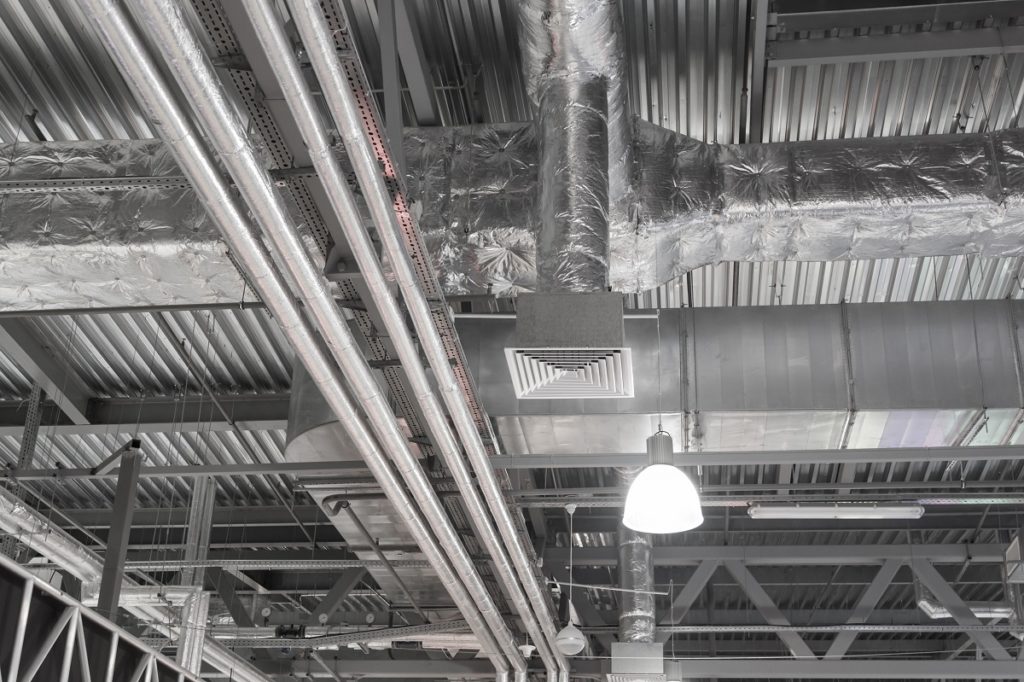Sunlight is good for you, so it’s fine to let that in your house. But since it also carries heat with it, it can degrade or cause discoloration on some stuff. This is why you install things like blinds and curtains to block it out when needed.
If you are thinking of putting up different kinds of window shades, Miami has you covered. There are professional services out there that you can take advantage of according to your specifications. Your windows can also let the wind in.
This is perfect if you want to cool down. It’s nice to sit beside an open window and feel the breeze hit your face. You may not notice it that much, but this is also an essential component in maintaining your house’s temperature. Airflow should be something that you know how to control.
It is a natural way of cooling down your rooms. There are ways in how you can optimize it for your home.
The Science of Airflow
Think of your house as a container with you and your family members in it. You have your doors and windows as the holes that can let the air in. You might think that since air is not visible, it means it can flow away from that easy.
This is not entirely true. Having a container that is closed can allow air to linger inside. This is simplifying it because there are other factors involved. The material the structure uses is one big factor. Concrete is commonly used to build houses, and this can store heat.
This protects the interior from getting hot during the day, and then the heat is slowly released at night as it is cooled down by the air outside.
Optimizing Airflow

All things are considered before building a house, and this includes the airflow. The window placement and other openings have long been plotted before the foundation has been laid, so you have nothing to worry about except opening them at the right time.
Just remember that cool air is heavier and hot air rises up. Remember the container analogy earlier. Here’s an example. Poor airflow will happen during hot days when the hot air has nowhere to escape from. Imagine closing all your windows and just have the front door open.
Air will flow into the lower floor, but when this place feels like it cooled down, it means the heat just escaped to the upper floor. It will stay and linger there because it is starved of fresh air, unlike the lower floor which gets a constant stream from the front door.
Now when you open the windows, they can serve as exhaust openings where the hot and stale air can exit out of. And by doing this, you are completing the airflow process. When using fans, it is best to place them beside open windows or doors.
They function best when there is a source of fresh air. You will notice a big difference when you compare using it in an enclosed room versus one with an opening.
Knowing airflow is simple, but it can go a long way in providing comfort for everyone in the house. It’s great that you can harness this natural element to your advantage.



















